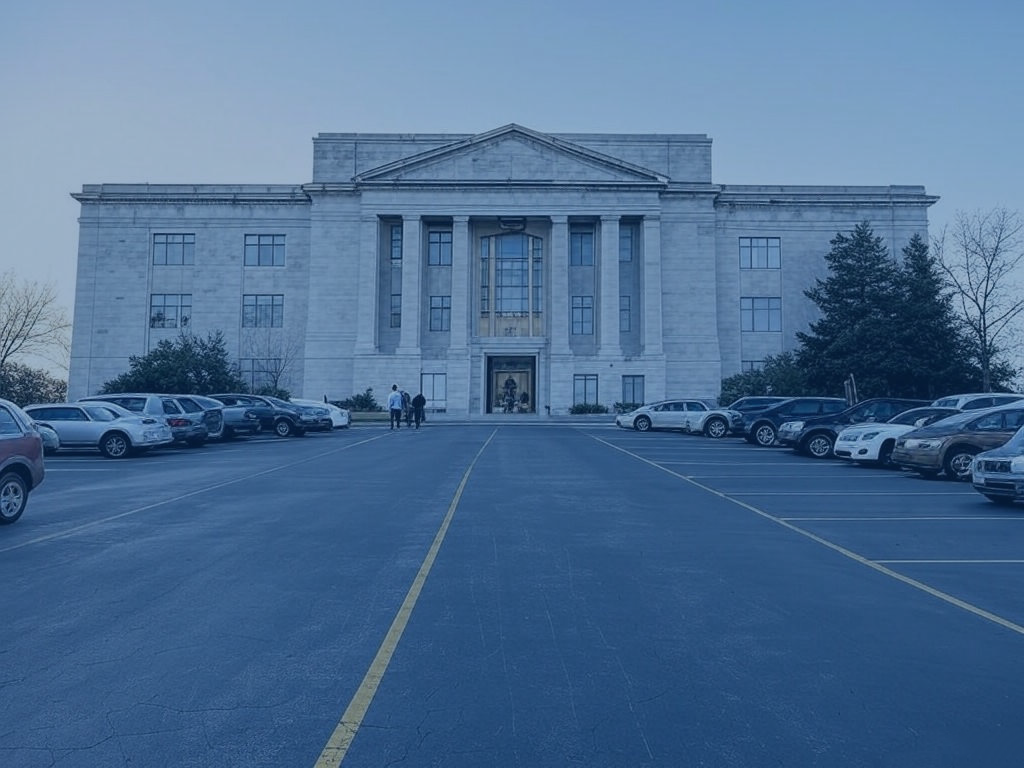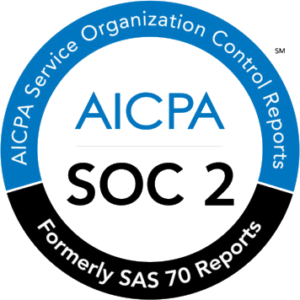Table of Contents
ToggleSummary:
- Employers are quickly adopting a hybrid work culture due to the unique demands of employees post-pandemic.
- Reports say that 39% of employees claim that they will change their jobs if they are being forced to go back to work.
- Hybrid work poses challenges including poor social interactions, poor communication, and poor understanding of company culture among employees.
The COVID-19 pandemic reshaped work in cities around the world, forcing many to work from home. However, work distractions, virtual overload, and a poor work-life balance has caused remote work fatigue in many employees, according to Gartner.
Employers have since moved to reopen their offices, but despite work fatigue, employees are reluctant to return to physical offices fully. Hybrid work came as a need to balance in-office and remote work, both proving to have huge benefits.
A survey of London’s employers revealed that they are implementing plans for hybrid work. But employers may be poorly prepared for the unique problems this hybrid work model brings.
This article discusses the top 10 challenges of hybrid work culture:
Poor Social Interactions
Remote work resulted in poor social interactions in the workplace. When in-person work was predominant, employees built functional work relationships and friendships, which created an effective work environment. Now that hybrid work is being used in many companies, poor interactions exist at work, especially among employees recruited virtually.
Junior staff members cannot learn effectively from their experienced colleagues without consistent physical interactions. Workers also miss out on networking with people from other units, firms, and industries. Ultimately, creativity and innovation decline because social connections are only partially existent.
Poor Understanding of Company Culture Among Employees
Many business organizations are unique and have features that set them apart. Top of this is their culture. A firm is defined by how it gets work done, the organizational structure among staff, and how collaborative employees are.
However, these concepts aren’t achievable when employees have minimal contact due to hybrid work. Employees are bound to miss out on the finer details of their company’s work culture when they are left to work independently from home.
Difficulty Convincing Workers To Come Back To The Office
Workers are being reluctant to return to their physical offices. Flexjobs estimates that 65% of people who have worked remotely during the pandemic want to continue working remotely. A whopping 58% would instead seek employment elsewhere than go back to work. Only a paltry 2% expressed the desire to return to the office full time.
These statistics show that companies will face difficulty getting their employees to embrace in-office work again. Regardless of the development of hybrid work models, employees are still reluctant to return to offices. According to Bloomberg, 39% of workers will consider changing their jobs if they are being forced to return to the office.
4. Employers Experience Logistical Challenges
Although employers prefer hybrid work, they are not prepared to confront the logistical challenges they will face. One such challenge is that different sets of employees will show up in the office every day in different quantities. Office parking lots are primary places where management teams are likely to experience difficulties knowing who’s coming to the office and those who is not.
A parking management software like Wayleadr can help companies manage parking needs arising from hybrid work. Workers can request parking spaces on days when they plan to be at the office, and when there are no available spaces, they can opt for alternative transportation means.
Underutilization of Physical Office Infrastructure
Although employees return to the office, it is not on a full-time basis. The expensive facilities that companies put in place to make their workplaces comfortable pre-pandemic, were not used during the height of the pandemic.
Large headquarter offices, such as Apple’s expansive HQ, will continue to be underutilized now with the adoption of hybrid work. Ultimately, hybrid work is better than exclusive work from home, but it doesn’t fully serve the desire of employers to see their office campuses active again.
Tendency To Favor In-Office Workers
Hybrid work means some employees will work in the office while others will work more from home. Those who work at the office often may be more familiar with management teams than those who work from home.
Studies from MIT Sloan proved that workers who come to the office are better rewarded than those who exclusively work from home. Workers who are often seen physically get work benefits and promotions faster than those who work from home.
Difficulty Maintaining Work-life Balance
Hybrid work combines the best remote and in-person work culture, but not without its downsides. Remote workers tend to work longer hours and find it difficult to separate themselves from work.
A prevailing condition in a hybrid work culture makes employees work unpaid extra hours outside of their standard work hours. On the days that employees work from home, they tend to allow work to spill into their daily lives resulting in a poor work-life balance. Ultimately, workers’ well-being is compromised.
Increased Overhead and Labor Costs
The remote work culture helped companies save huge sums as they avoided the regular expenditure associated with in-person work. Employers didn’t have to pay for extra parking spaces, lunches for employees, and office utility bills.
Now, with hybrid work, employers have to resume paying some of the existing payments in their offices. Wastages can occur in payments for employee needs without management tools in place. For example, parking spaces cannot be effectively managed without parking management software like Wayleadr.
Boost employee retention & morale with parking benefits
Discover how Wayleadr's parking benefits can help you improve employee retention and morale
Learn MorePoor Work Communications
Employees may lack the motivation to work when they are starved of good communication in their workplace. The lack of communication may also lead to wasted work hours doing the wrong task until a counter instruction is received.
Work communication tools such as Slack, Microsoft Teams, and email should be effectively used to communicate with hybrid workers daily. Workers should also be encouraged to visit these platforms often to stay updated with the latest information when they won’t be in the office. Stand-ups and weekly review meetings should be coordinated to ensure transparency in hybrid working systems. A mix of online and physical meetings can still be adopted for teams in an organization.
Coordination Problems
Hybrid work reduces the problem of team coordination and collaboration. Coordinating a hybrid team poses a problem to the management in coordinating both workers who prefer remote work and those who prefer in-office work. Similar to the issue of communication, without deliberate efforts from the management to keep remote workers in the decision-making process, they can be easily left out. It often starts with small, insignificant decisions, which ultimately grow into more significant decisions, and remote workers find they are left out.
Conclusion
Hybrid work is the future of working systems, but employers must navigate its many challenges to make the best out of it. To succeed with the hybrid work culture, executives need to figure out how to fix these challenges. Ultimately, major logistical challenges can be effectively tackled using software and other management tools such as Wayleadr.












